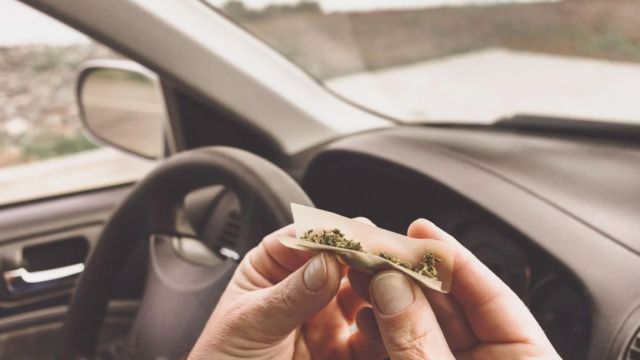In the three years since cannabis became legal in New York in 2021, the number of drugged-driving arrests linked to marijuana use has decreased, raising concerns about the effectiveness of initiatives to keep impaired drivers off the road.
According to state records, drugged driving was the primary charge in 1,771 arrests made in New York last year—a decrease of fewer than 1% from the year before. Yet, compared to the 2,225 drugged-driving charges in 2021, that number is down around 20%.
Although the arrest figures do not include situations where narcotics were a part of multiple counts, including in the case of a marijuana-related aggravated drunk driving case, they provided a crucial overview of enforcement since New York legalized small-scale cannabis possession in 2021.
However, worries about an increase in the number of New Yorkers with cannabis-related impairments operating motor vehicles continue as authorities work to permit the opening of more dispensaries, with the acceptance of 109 new business licenses for the industry on Friday.
The majority of drugged driving arrests were misdemeanor-level charges, indicating that drivers under the influence of cannabis and other narcotics may have been among them.
However, there are still gaps in the scientific research to determine the effects of marijuana on driving, making it challenging to prosecute someone for drugged driving. To bust drivers who are high on drugs, for instance, state health officials are looking for study proposals to explore more advanced techniques and technology.
For instance, a number of businesses have been developing breathalyzers for years to identify cannabis impairment, but according to University of Colorado study, these initiatives have not been able to replicate the reliable outcomes of comparable devices used for alcohol.
Therefore, in order to apprehend stoned drivers, law enforcement organizations in New York are forced to deploy specially trained police officers known as drug identification experts. These officers mostly use field sobriety and blood tests.
The Governor’s Traffic Safety Committee reports that around 450 of these professional police are currently employed throughout the state, with 24 of them stationed in Monroe County and 13 in Westchester County. Police departments have stated time and time again that they do not currently have nearly as many skilled officers as would be required to successfully police the state’s marijuana laws.
Furthermore, the fact that marijuana stays in the body and can be detected in blood and urine tests days or weeks after its intoxicating effects wear off has historically made it more difficult to prosecute marijuana-related drugged driving incidents.
Top-level drugged-driving charges totaled 2,162 in 2019, with a decline to 1,863 in 2020. Hence, even while arrests have not increased as some had feared in the years after legalization, it is challenging to conclude whether this indicates a decrease in the number of people driving under the influence.
How many arrests for drugged driving have occurred in Monroe, Westchester?
According to state records, Monroe County recorded 106 drugged-driving arrests last year, which is marginally more than the 90 arrests it averaged over the previous four years. In comparison, Westchester County’s annual average of 75 arrests was significantly lower last year at only 50.
Several additional counties made drugged-driving arrests last year, including Orange (106) Dutchess (51) Broome (32) Ontario (30), and Rockland (19).
In New York, what about drunk driving?
Meanwhile, in an effort to counteract a spike in alcohol-related crashes on New York roadways during the epidemic, state legislators wish to reduce the blood alcohol content limit for driving while intoxicated to.05.
252 people lost their lives in crashes involving intoxicated drivers in 2022, a 28% increase in fatalities.
How many Americans die as a result of marijuana use?
Between 2019 and 2021, federal authorities investigated cases of marijuana-impaired driving at multiple trauma centers and medical examiner offices, involving drivers who suffered severe injuries or lost their lives.
The National Highway Traffic Safety Administration reports that the research indicates that approximately 26% of those drivers had active THC, a chemical found in marijuana, in their systems.
A rise in Americans driving while stoned has also alarmed public health officials in recent years. Studies have shown that legalizing cannabis has increased the number of deadly car crashes involving the drug.




